Or “the times they are a-changin….” (Bob Dylan)
Conversational systems (e.g. chatbots) divide into two camps:
- Rules-based chatbots – this is the old guard that make minor use of AI (they currently dominate the market)
- Intelligent chatbots – this is the emerging new guard that make intensive use of AI and are striving for human like intelligence
Lorie Shaull (Wikimedia)
Let’s examine how to achieve success in each camp.
Rules-based Chatbots
Rules-based chatbots are the reigning world champs of conversational systems and are the Rocky Balboas of the industry. They achieve their capabilities through lots of hard work, time and effort. They have no actual smarts but mimic intelligence via rules and programming. Some of these systems can function at a very acceptable level, but they are rarely confused with a person. In fact, informing the human upfront that they are dealing with a robot is the generally accepted practice because it’s a real embarrassment to trick someone at the beginning of the conversation and then to have the robot fall flat on its face when asked an unexpected question.
The weakness of a rules-based chatbot is ultimately its greatest strength. If you are not trying to be a human, then it’s okay to admit it and focus on what you do well.
Achieving success with rules-based conversational systems:
a) Use the 80/20 rule to focus the chatbot. Understand your call volume and focus the chatbot on your high volume simple requests. If you can off-load 10% or 30% of the total call volume by answering the repetitive, low-value questions it’s a huge win.
b) Admit defeat and keep the humans happy. Do not worry about handling the tough problems. People do this well and chatbots (especially rules-based ones) do this poorly. So as soon as your confidence level on a response drops below a reasonably high level – route the person to a service rep. This makes them happy and keeps the chatbot from getting embarrassed.
A colleague of mine just built an Alexa skill for a municipality. The chatbot was focused on the frequently asked, but easy to answer questions (such as “What is the recycling schedule?”). It will be a huge win for both residents and the town.
Intelligent Chatbots
We are now on the verge of a sea change in conversational systems from rules to understanding. Think of this as the Dick Fosbury of chatbots - a whole new approach to conversational systems. Rather than mimic understanding with rules, intelligent chatbots attempt to use AI and machine learning to understand a domain at a deep enough level so they can handle questions and provide high-quality responses without rules and programming.
An early example of this shift was on display at this year’s Google I/O conference. At the conference, Google CEO Sundar Pichai demonstrated Google Assistant running Duplex, Google’s experimental AI voice system. The demonstration consisted of two parts: first, Google Assistant booked an appointment at a hair salon, and then made a restaurant reservation. The demonstration was flawless and the humans on the other end of the call were clearly fooled and had no idea they were talking to a chatbot.
In their AI blog, Google explained that “one of the key research insights was to constrain Duplex to closed domains, which are narrow enough to explore extensively. Duplex can only carry out natural conversations after being deeply trained in such domains. It cannot carry out general conversations.”
Informatics4AI is working with a number of customers focused on intelligent conversational systems, and we fully agree with Google’s engineers.
Achieving success with intelligent conversational systems:
- Focus the chatbot and constrain the domain. Do not attempt to train your chatbot over an open/expansive domain. Focus the system on a specific topic and you may be able to get the intelligence you are seeking. For some customers with open domains, we are experimenting with the creation of subdomains to enable learning on focused topics and a triage-bot to help direct humans to the appropriate subtopic.
- Better data makes a better model. You will need a high-quality dataset for training the chatbot. Labeling your full-text for meaning will assist the required deep training and you will achieve better results. (See this post for more information of labeling full-text for meaning.)
Are you thinking about a truly intelligent bot? Let us know your experiences as well as your successes and failures. We also welcome your questions.

